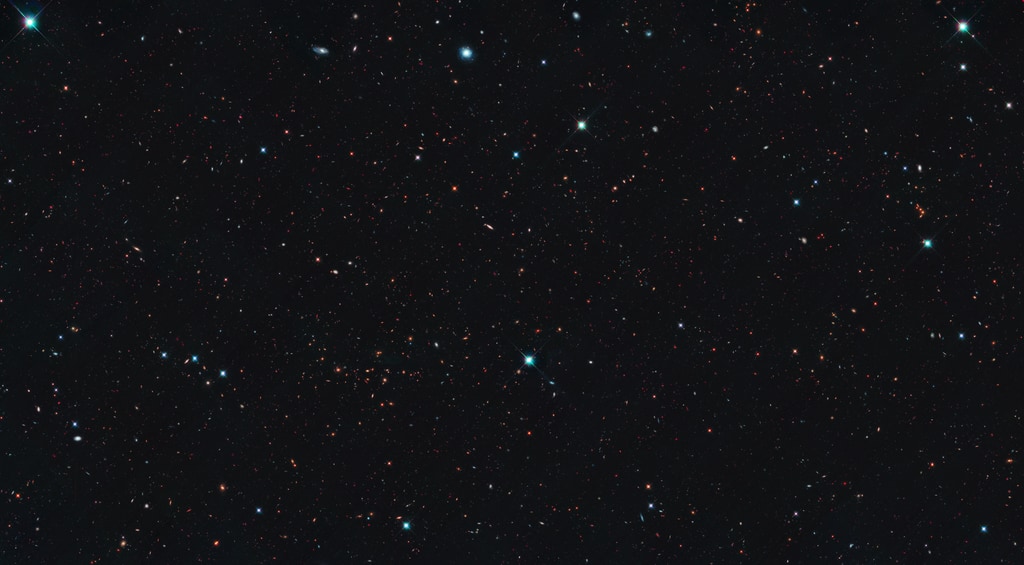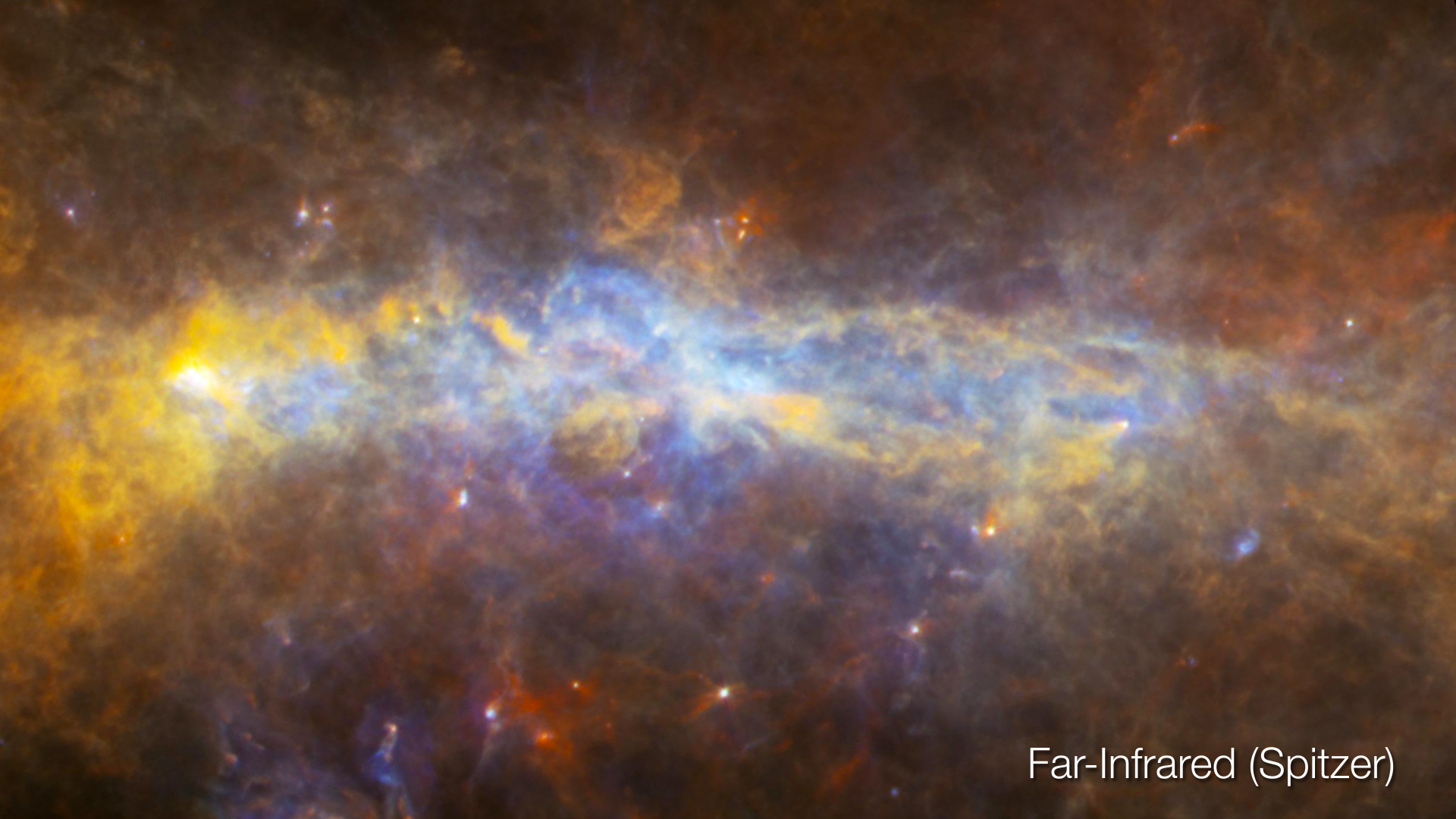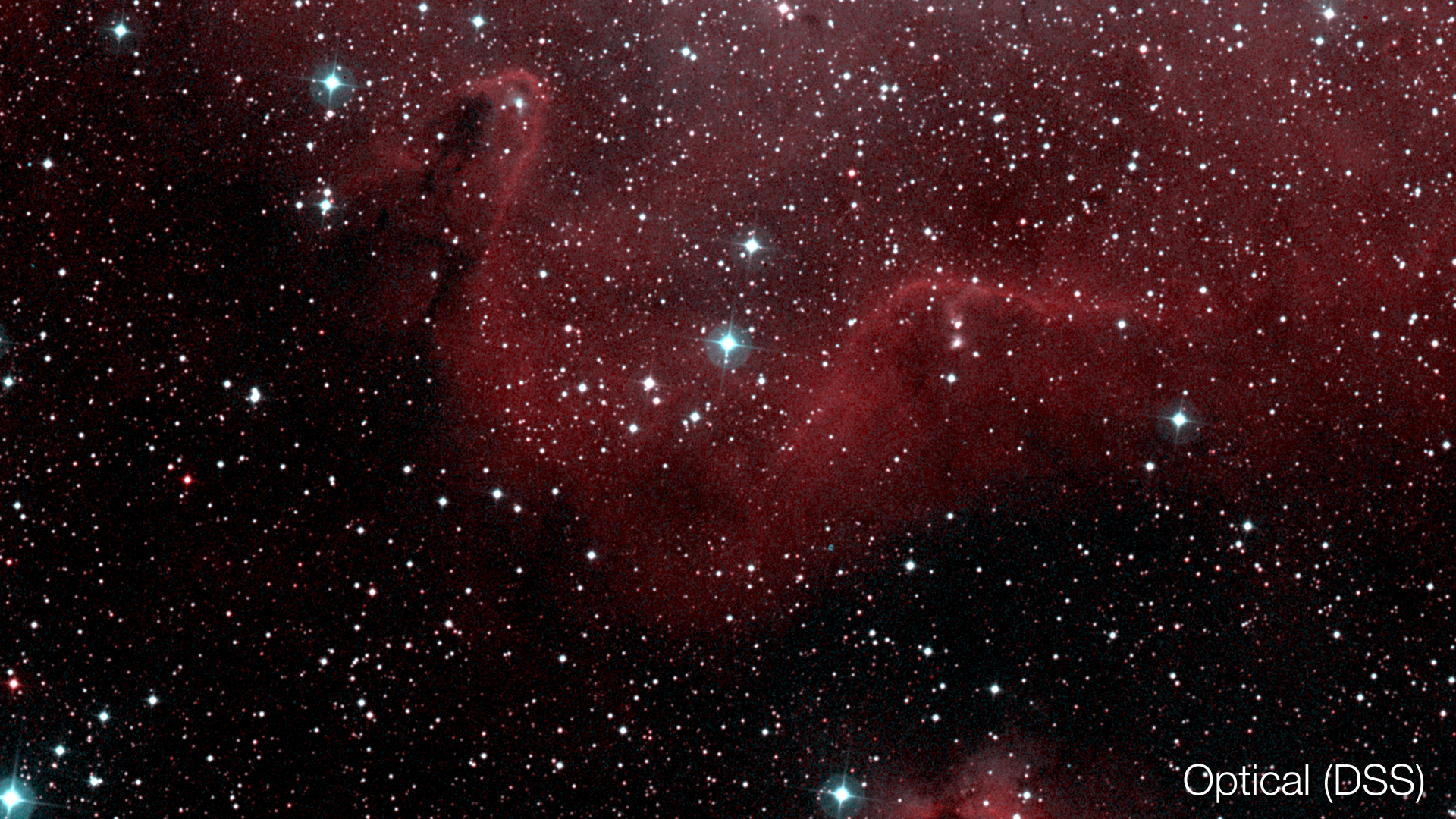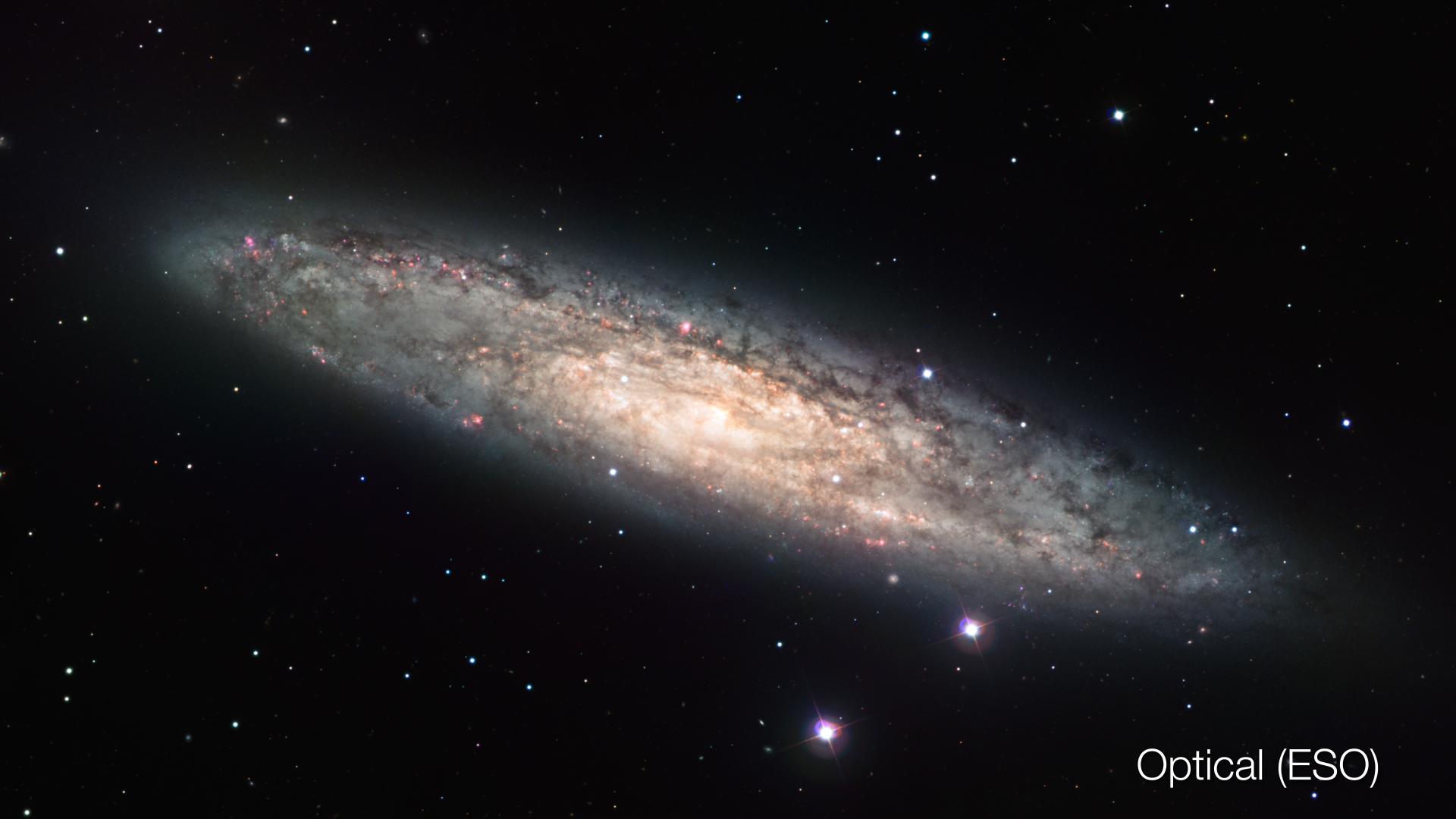Andromeda Galaxy in Visible and Infrared
While Andromeda is a spiral galaxy, its dust falls largely in a huge ring structure, possibly caused by gravitational interactions with its smaller satellite galaxies.
Andromeda is the nearest spiral galaxy to the Milky Way, around 2.5 million light-years away. Once thought to be a twin of our galaxy, its different structure is very evident in infrared light. While it is a spiral galaxy, its dust falls largely in a huge ring structure, possibly caused by gravitational interactions with its smaller satellite galaxies.
Optical: This is the classic visible view of the Andromeda Galaxy
Infrared: Andromeda's dust ring stands out in the infrared
This animation is the same as above, played twice as fast.

NOAO optical image of Andromeda
Optical: This is the classic visible view of the Andromeda Galaxy

Spitzer Infrared image of Andromeda
Infrared: Andromeda's dust ring stands out in the infrared
Credits
Please give credit for this item to:
Video: NASA, ESA, and G. Bacon (STScI)
Image Credits:
- Optical: NOAO, AURA/NSF
- Infrared: NASA, JPL-Caltech, K. Gordon (University of Arizona)
-
Visualizer
- Greg Bacon (STScI)
-
Image processing
- Karl Gordon (The University of Arizona)
-
Technical support
- Leann Johnson (Global Science and Technology, Inc.)
Release date
This page was originally published on Monday, September 10, 2018.
This page was last updated on Monday, March 10, 2025 at 12:26 AM EDT.
Missions
This page is related to the following missions:Datasets used
-
[Spitzer Space Telescope]
ID: 690This dataset can be found at: http://www.spitzer.caltech.edu/
See all pages that use this dataset -
[National Optical Astronomy Observatory (NOAO)]
ID: 1003This dataset can be found at: https://www.noao.edu
See all pages that use this dataset
Note: While we identify the data sets used on this page, we do not store any further details, nor the data sets themselves on our site.




























